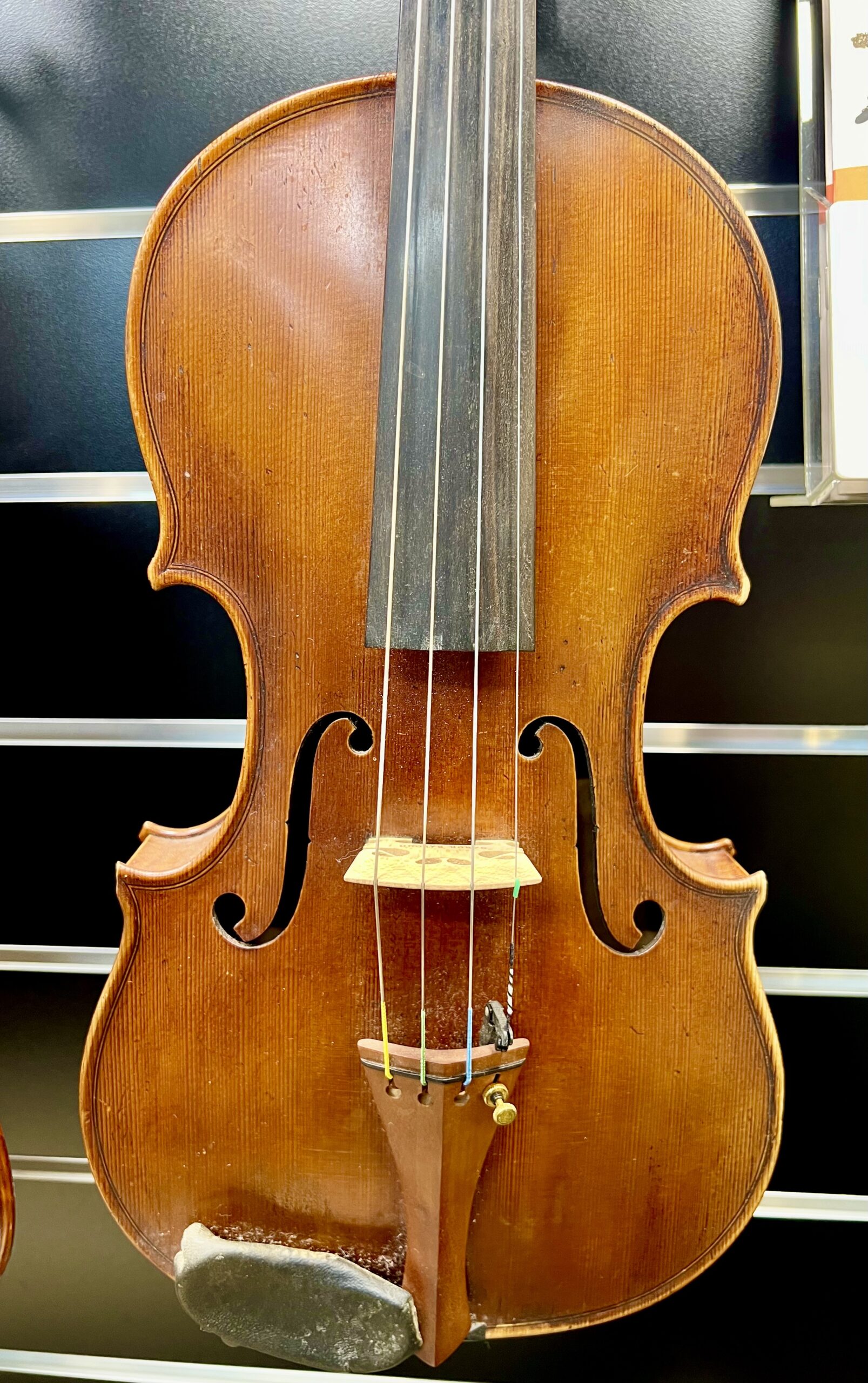Violins
Sort by
Price filter
Rating
Availability In our Store
- In Stock (4)
- Call For Availability (26)
- Out of Stock (79)
Availability in our Warehouse
Categories
Brand
- Gliga 33
Showing 1–12 of 118 results
John D Johnston (Iofeph Guarnerius Filius Andreae Fecit Cremonae- Fub Titulo S. Therefie) 1991 Violin
Explore our versatile collection of Violins, beloved for their lyrical tone and dynamic range. We offer violins to meet the needs of every player, from beginners to professionals.
- Beginner Violins: Designed for easy playability and durability, these violins are perfect for starting your musical journey.
- Intermediate Violins: Crafted with superior materials, these violins provide enhanced sound quality for advancing students.
- Professional Violins: Meticulously crafted from aged woods, these violins offer exceptional sound projection and tonal richness.
We also provide violin outfits complete with a bow and case, making it convenient for beginners. Our collection includes violin accessories such as strings, rosin, shoulder rests, and mutes.
Whether you're a novice or a professional, our selection offers quality options. Unleash the expressive potential of the violin and elevate your musical journey. Explore our collection today.


 Electric Guitars
Electric Guitars Acoustic Guitars
Acoustic Guitars Bass Guitars
Bass Guitars Guitar Effect Pedals
Guitar Effect Pedals Amps
Amps




 Clearance
Clearance Preloved Instruments
Preloved Instruments





































